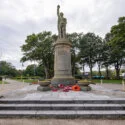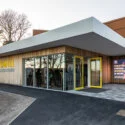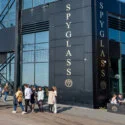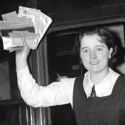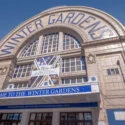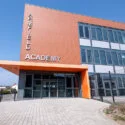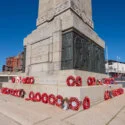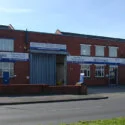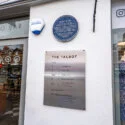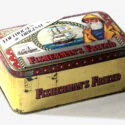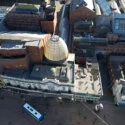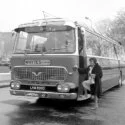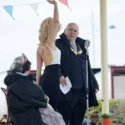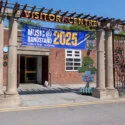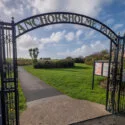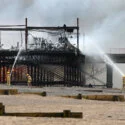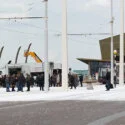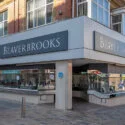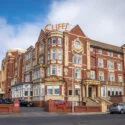Fleetwood Museum is a community-run museum managed by the Fleetwood Museum Trust, a Charitable Incorporated Organisation (CIO). It is unique in that its funding primarily comes from the local community through Fleetwood Town Council, a third-tier local authority. This distinctive funding model makes Fleetwood Museum possibly the only museum in the country supported in this way. The Trust assumed responsibility for operating the museum buildings and managing its collection on behalf of Lancashire County Council from 1st April 2018. The museum’s primary purpose is to collect, preserve, interpret, and share the rich history of Fleetwood, with a vision to educate, inspire, and engage people of all ages with the town’s heritage. It aims to be a place where local people can come together to learn, connect, and feel part of the community. The museum is staffed by a full-time manager and a Collections Assistant, who are supported by a large and dedicated team of local volunteers. These volunteers play an essential role in the museum’s day-to-day operations, and without their support, the museum could not function.
The museum’s history dates back to the early 1970s, although the exact founding year is unclear. It began as a local history collection housed in the old Dock Street Library. Over time, permanent showcases were established, and the Margaret Rowntree Room was created in honour of Fleetwood’s first female mayor. In 1982, as part of Maritime England Year, the ground floor and basement of the Dock Street Library were converted into the Fleetwood Museum, with an emphasis on maritime history. In 1991, the museum relocated to its current location at 6-7 Queen’s Terrace, where it occupies the original Custom House of Fleetwood. This historic building was designed by the renowned neo-classical architect Decimus Burton, who was instrumental in the design of Fleetwood as a new seaside town in the 1830s. Burton’s work included the layout of the town and the design of many of its prominent buildings between 1836 and 1843. The Custom House, once a key administrative building in Fleetwood, is notable for its entrance hall’s original mosaic floor, which dates back to its construction.
An additional building, Wyre Holm, was later added to the north side of the original Custom House. By the 1890s, the building had been repurposed as the local council office and later served as the Town Hall after Fleetwood was granted Municipal Borough status in 1933. Today, the museum not only showcases Fleetwood’s maritime history but also preserves the heritage of the building itself, providing visitors with a glimpse into the town’s architectural and civic history. Fleetwood Museum continues to be a central part of the community, offering a space where both locals and visitors can explore the town’s fascinating past. Through its collections, exhibitions, and events, the museum serves as a vital educational and cultural hub, ensuring that Fleetwood’s history is preserved and celebrated for generations to come.
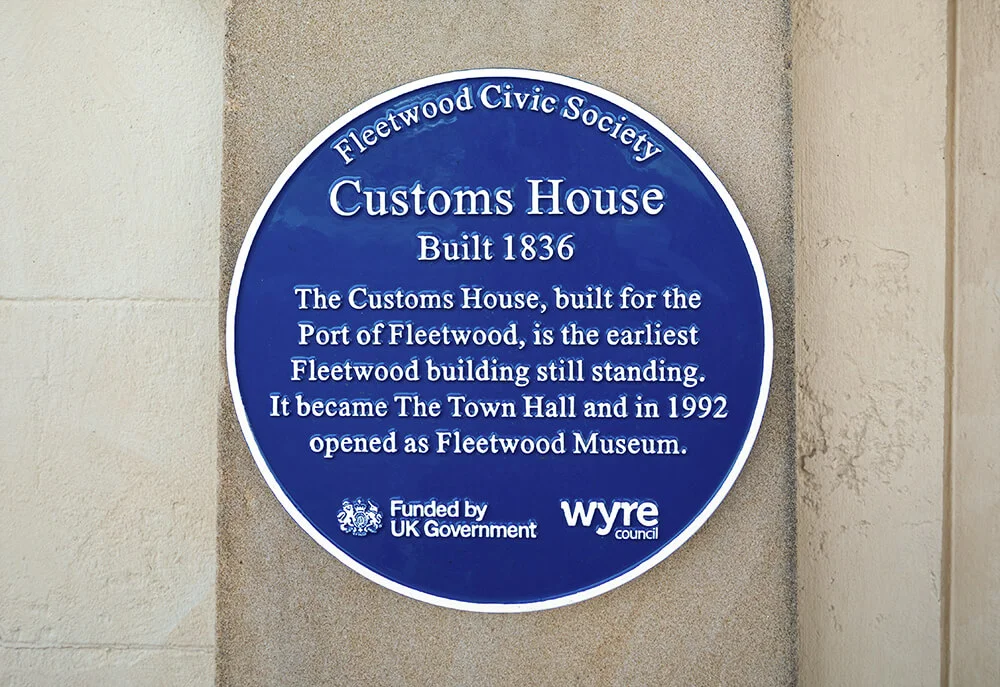
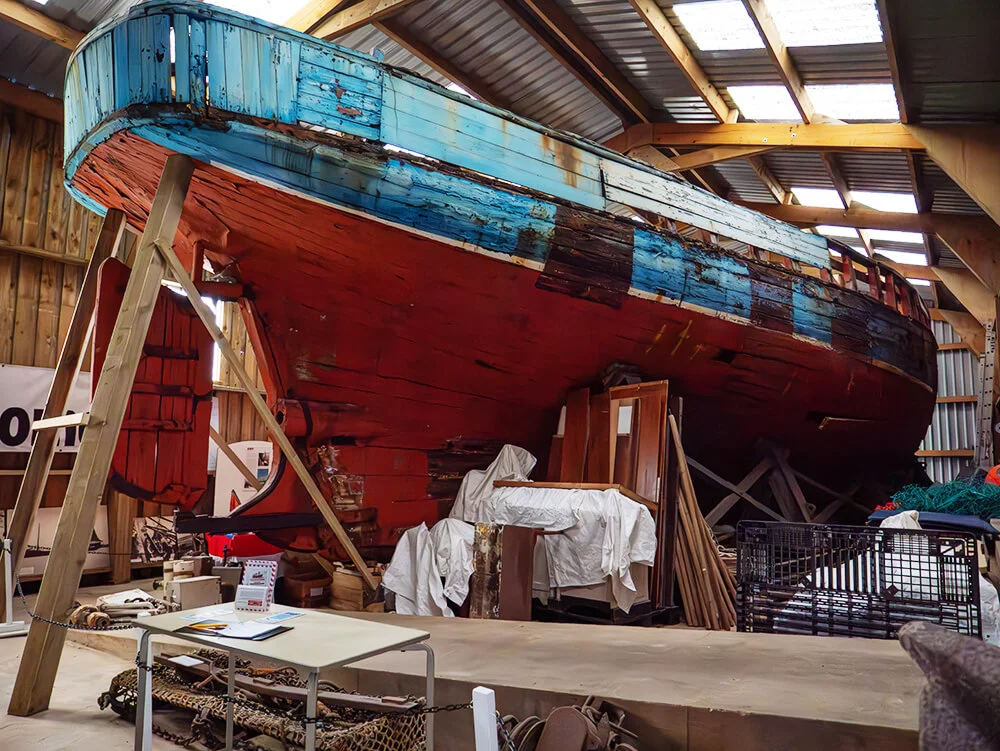
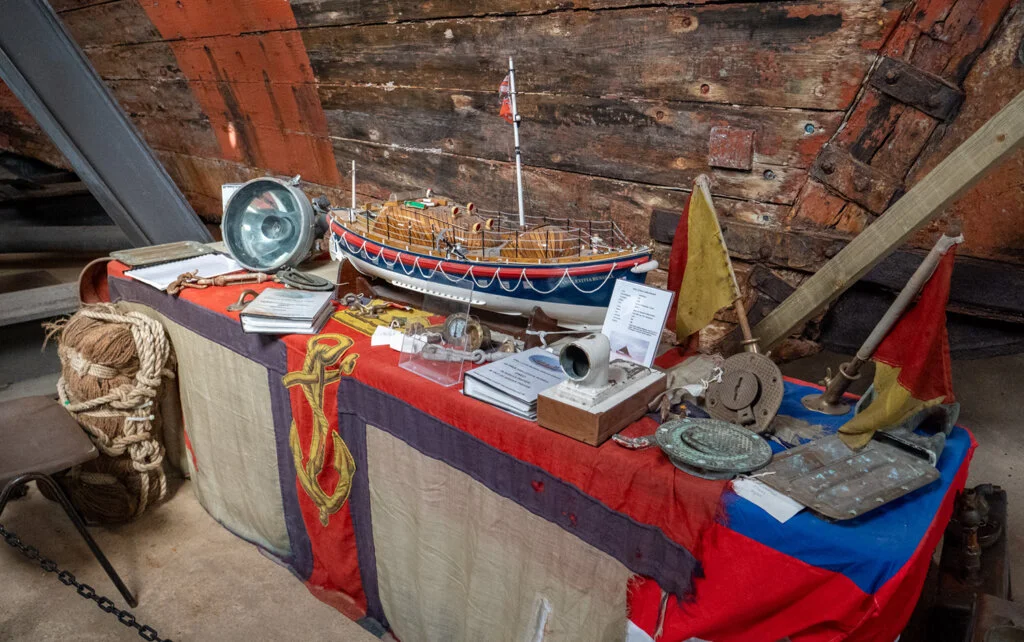
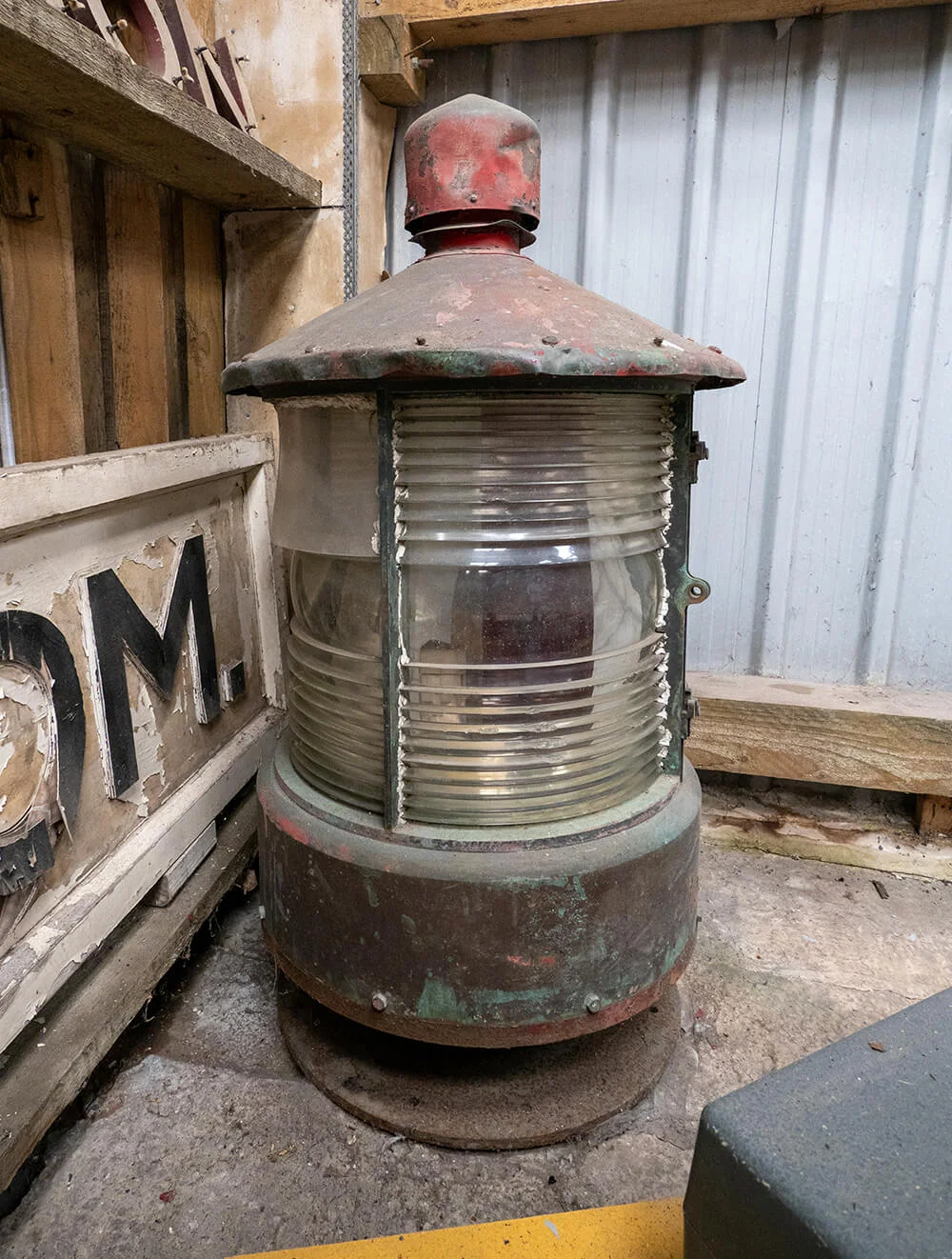
This is the actual search lamp from the Wyre Light Lighthouse, now here at Fleetwood Museum.
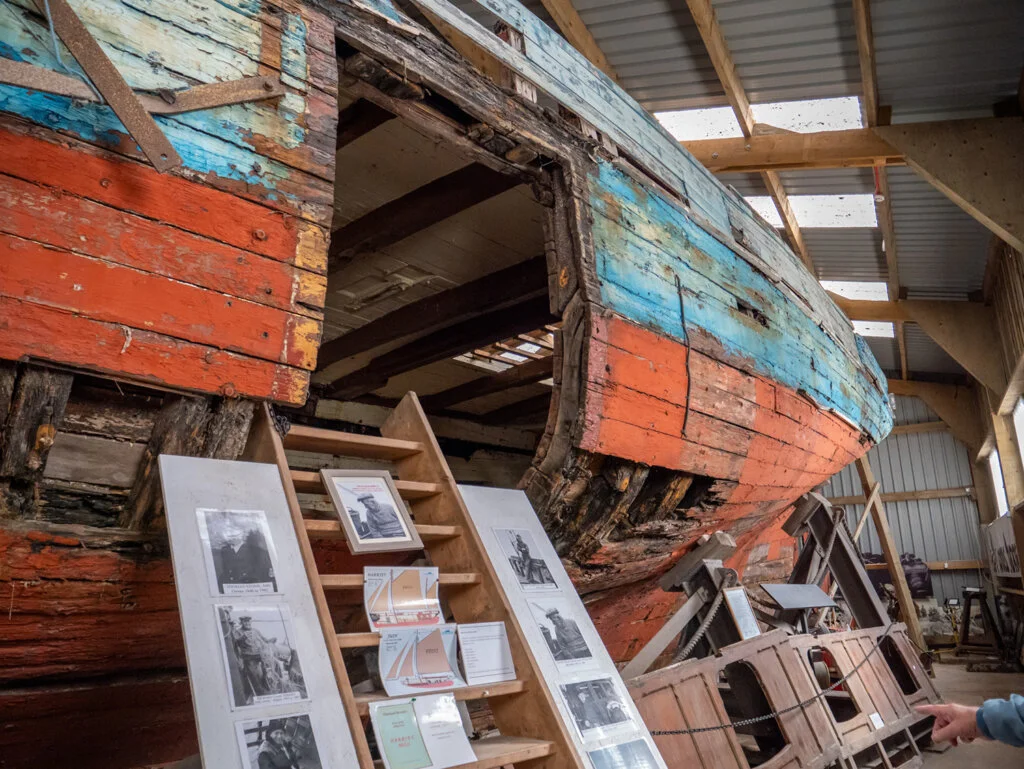
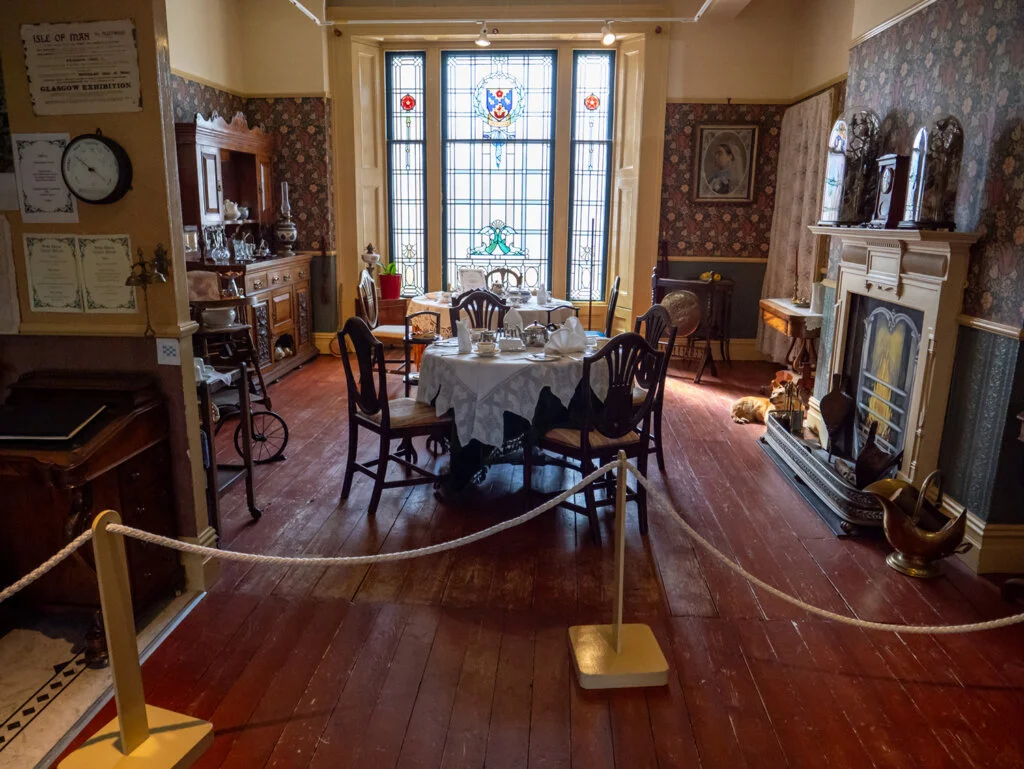
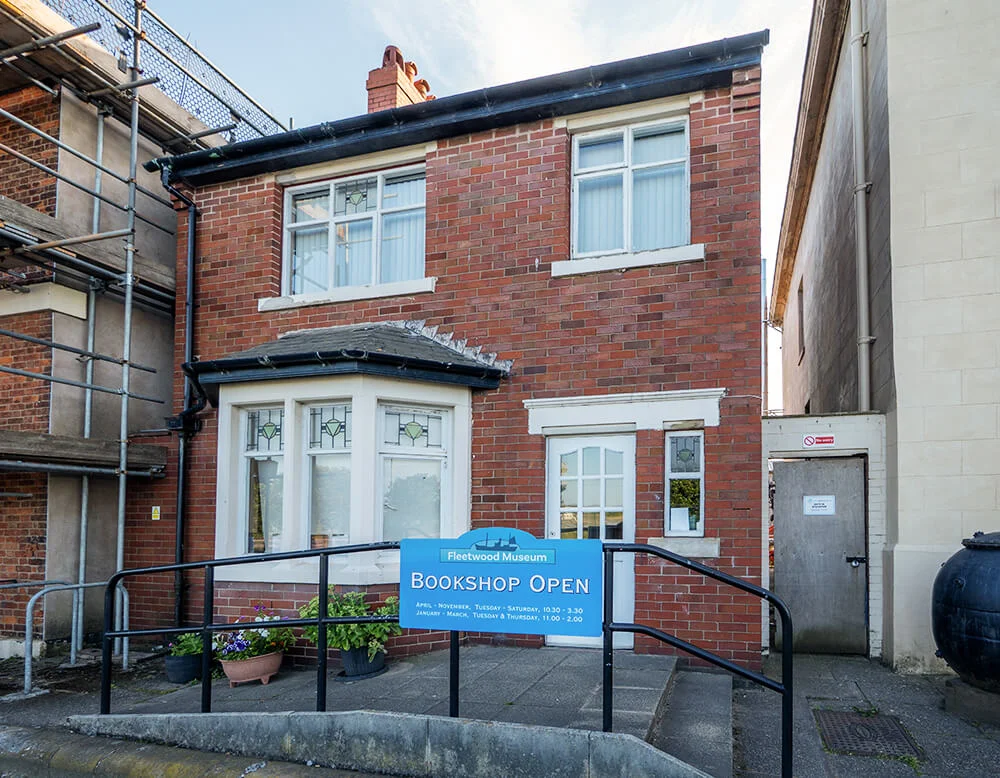
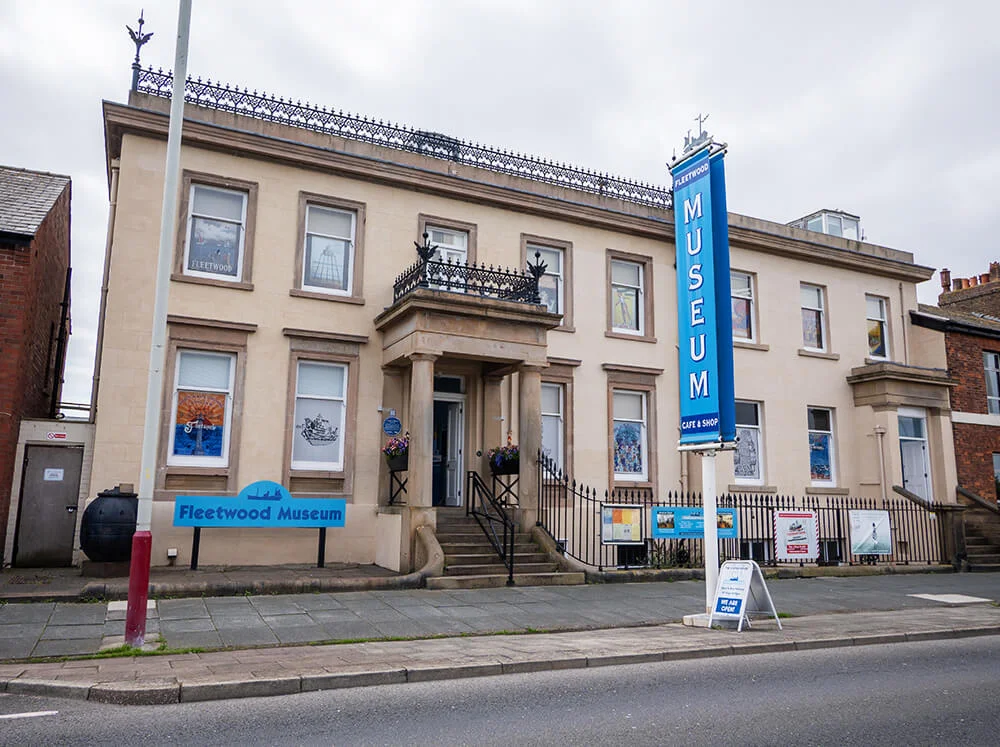
Featured Image © Deeper Blue Marketing & Design Ltd
Text source: from Fleetwood Museum'swebsite
Images by © Deeper Blue Marketing & Design Ltd

